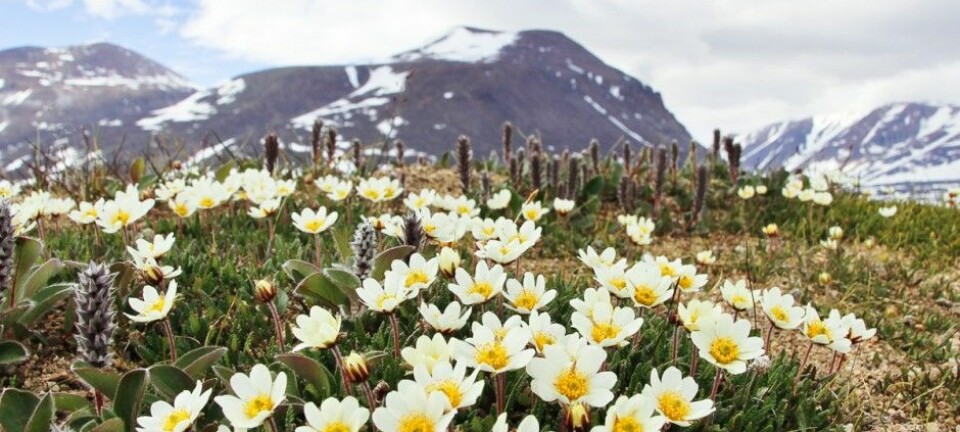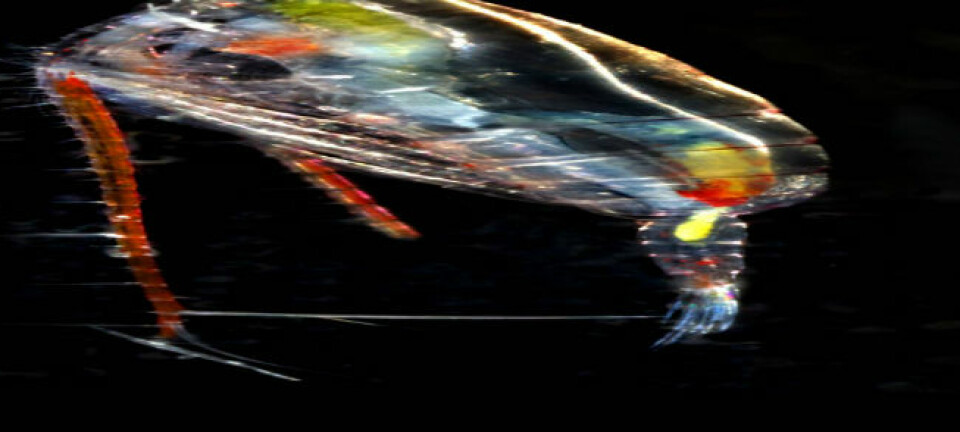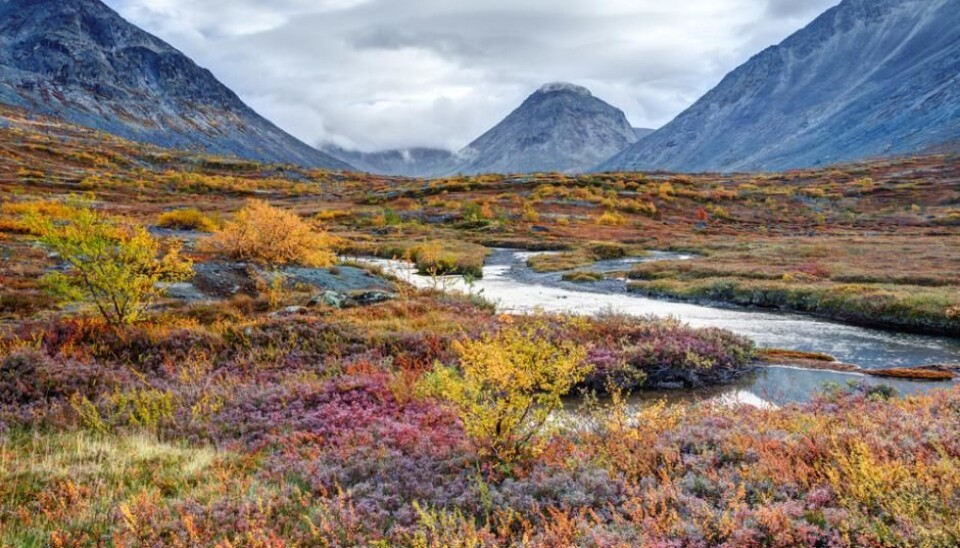
Should we say farewell to the Arctic's unique nature?
A warmer Arctic could lead to major changes in Arctic plant communities that will influence local and perhaps even global climate.
Temperatures are rising faster in the Arctic than any other place on Earth. If these changes continue, it is likely that the unique and diverse Arctic tundra will change into a more uniform vegetation dominated by shrubs.
And such a change in vegetation could cause additional changes to local and perhaps even the global climate.
I reached this conclusion during my PhD by studying plants in Greenland and producing models of future plant communities, in collaboration with researchers from Aarhus University, Denmark, and the Swiss Federal Research Institute, Switzerland.
Our results are now published in the Journal of Biogeography, and they show that when the climate changes, the conditions in Northeast Greenland will no longer be optimal for many of the unique Arctic species that live here.
Unique Arctic tundra
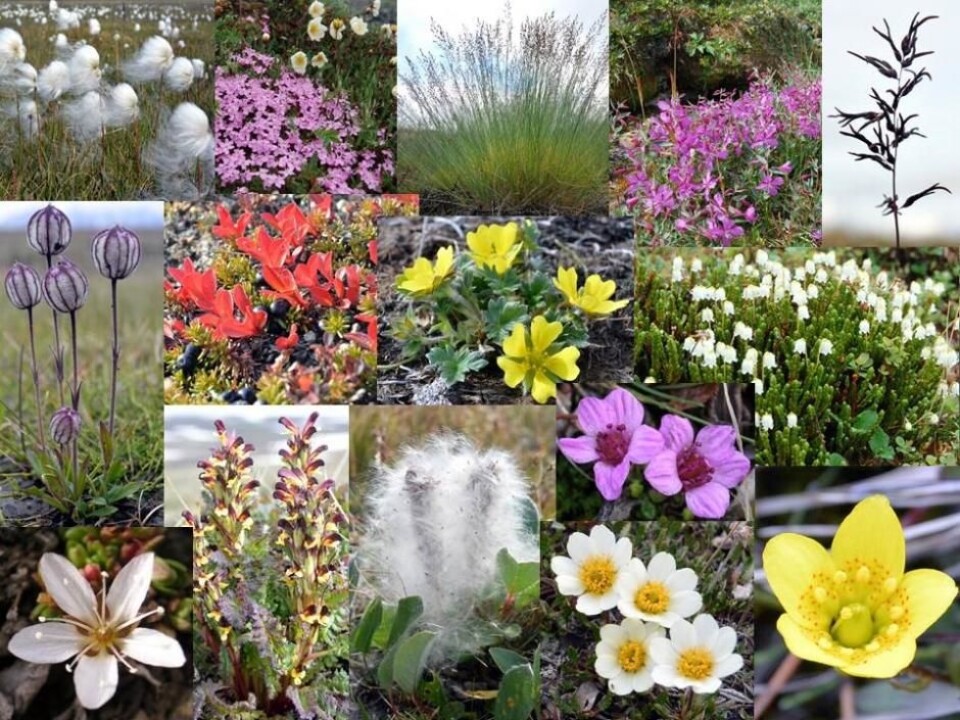
Most land in the Arctic is covered by tundra – a unique composition of small low growing herbs, grasses, mosses, and lichens, as well as a few dwarf shrubs that have developed due to the permanently frozen soil (permafrost) and a very short growth season.
The arctic bluegrass almost shimmers like northern light in yellow-green, turquoise, and blue-lilac colours. The nodding campion points cheerfully with its bloated striped sepals, while the arctic bell-heather’s fine white bells collect the morning dew.
The yellow marsh saxifrage shines in competition with the midnight sun, and the red-tipped lousewort stretches its flaming flowers towards the great open sky.
These small and seemingly fragile flowers have adapted to survive in a climate where the annual average temperature is below zero, where the soil is permanently frozen, and there is total darkness for up to six months of the year.
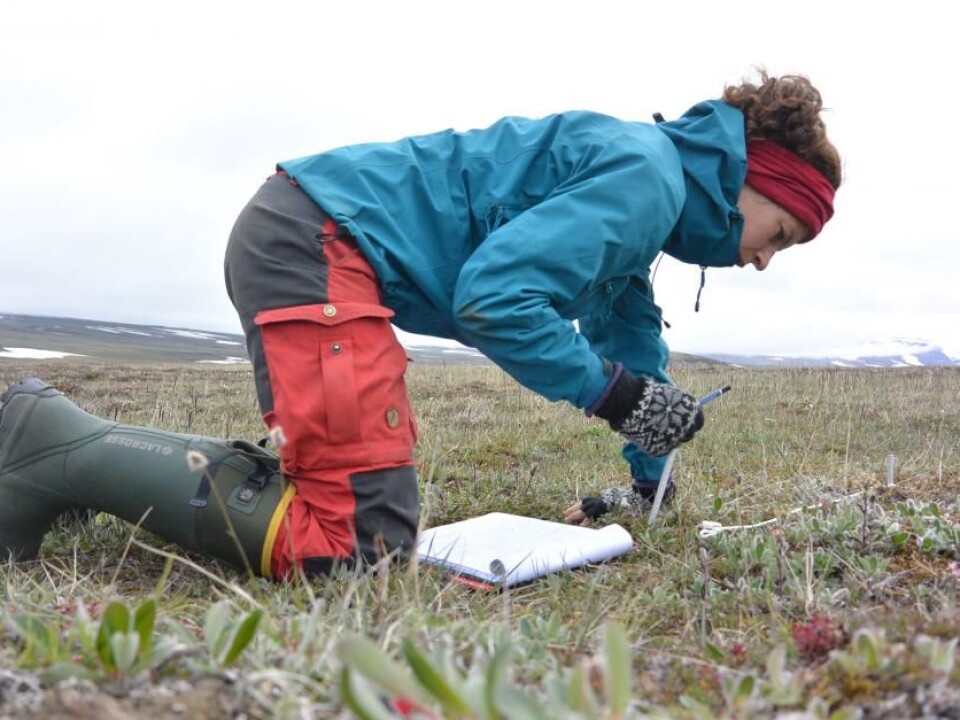
These plants have defied all reason and create the foundation for a whole ecosystem in the far north. White Arctic hares, playing Arctic foxes, buzzing insects, grazing muskoxen, small snow buntings, and majestic snowy owls, are just some of the species that are dependent on the Arctic vegetation.
A changing world
This whole ecosystem is in danger of change when the temperature rises. But climate changes does not only affect the temperature. The amounts of snow and rain also change and the permafrost becomes less stable.
These conditions cause the water content of the soil to change. Temperature, soil moisture, and the amount of snow are all vital for the survival of the tundra plants. Each and every one has adapted to grow under certain temperatures, snow, and water levels.
When these conditions change, it could lead to species that are adapted to the Arctic climate no longer able to survive, while other Arctic species can expand their range northwards.
So, the question is, what will happen to the unique Arctic tundra when the climate changes?
How will changing temperature, snow, and soil moisture affect the composition of the vegetation?
Fieldwork in the world’s greatest national park
Hoping to find answers to this question, I took the long journey north several years in a row to one of the most deserted land areas on Earth - the northeastern part of Greenland.
Here the tundra extends across the world’s largest national park. Deep in the middle, lies a small research station where international scientists are developing a deep understanding of all the components of an Arctic ecosystem and how they interact.
I spent several summers here collecting data on plant distribution, measuring the soil’s water content and temperature, and using data collected at the research station of snow distribution. Once home, all these data were analysed and transformed into statistical models.
From diversity to uniformity
The results showed that changing climatic conditions will mean that this area of Northeast Greenland is no longer optimal for many of the unique species that currently live here. On the other hand, there will be optimal conditions for a few species of dwarf shrubs that can easily spread and outcompete the smaller herbs and grasses.
If the climate continues to change, it is likely that the unique and diverse Arctic tundra landscape will change to a more uniform vegetation, dominated by shrubs as shown in the photo below.
Changing Arctic vegetation can reinforce climate change
Such a change in vegetation will have a great impact on the local ecosystem and for all of the species that live here. If this change is representative of other parts of the Arctic, it will lead to additional climate changes.
The structure of the plant communities influence the water balance, how the snow is distributed in the landscape, the permafrost, the amount of solar radiation that is reflected into the atmosphere and how much is absorbed by the soil. All these factors together affect the climate.
A warmer Arctic, where the current diverse vegetation is taken over by dwarf shrubs, will not only lead to a world poorer in many of the unique species that are adapted to the Arctic climate, but potentially also reinforce global warming.
---------------
Read this article in Danish at ForskerZonen, part of Videnskab.dk
Scientific links
- 'Forecasted homogenization of high Arctic vegetation communities under climate change', Journal of Biogeography, 2018, DOI: 10.1111/jbi.13434
- 'Shifts in Arctic vegetation and associated feedbacks under climate change', Nature Climate Change, 2013, DOI: 10.1038/nclimate1858
- 'Zackenberg Ecological Research Operations, 21th Annual Report', 2017
